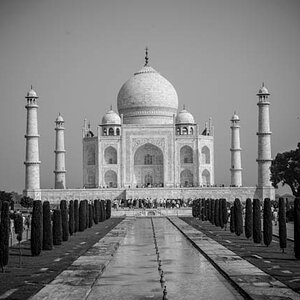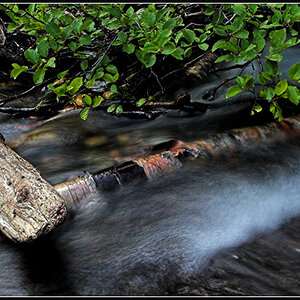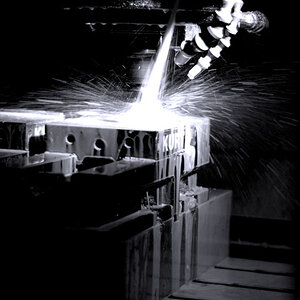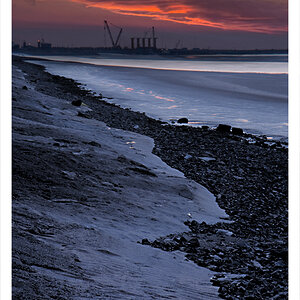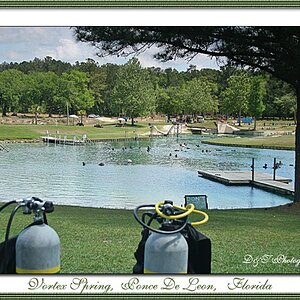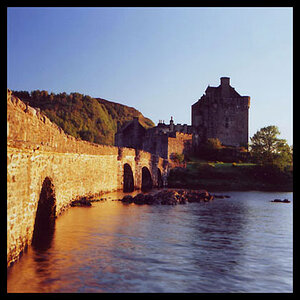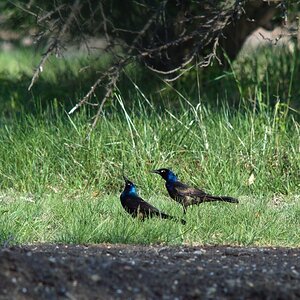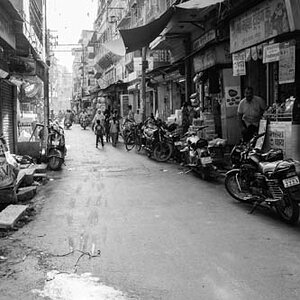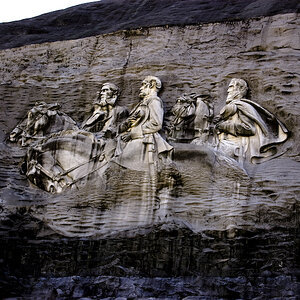&Denekamp
TPF Noob!
Alright, since i've read this article on how the shape of the aperture affects the recorded image, I've been having this question.
The article was mostly on how out of focus areas were rendered by a lens. and how the number of blades affects its bokeh (boke). From the article I got that a three blade aperture isn't really any good, a four blade aperture isn't good either. Five is pretty acceptable, six is getting better. eight even better, and so on, and so on.
This is because the shape of the aperture is getting closer to the circle shape as it goes up trought the number of aperture blades (right?)
So, ofcourse I had to have a look at my own lenses. My 50mm has 6 blades. but, when I set it wide open @ 1.7, you no longer see the blades, making the aperture the shape of a circle.
Would that mean (and here comes the actual question) that full open, the lense has the nicest bokeh because then its shape is closest to that of a circle? or am I talking rubbish now?
oh, and while I'm at it; one more question, if you dont mind.
Why dont the manifactures dont just go the extra mile and put in a few more aperture blades? I mean, are they really that expesive that you have to cut corners on the number of aperture blades? or are there other problems involved with putting in a few more?
Thanks in advance,
Niels
The article was mostly on how out of focus areas were rendered by a lens. and how the number of blades affects its bokeh (boke). From the article I got that a three blade aperture isn't really any good, a four blade aperture isn't good either. Five is pretty acceptable, six is getting better. eight even better, and so on, and so on.
This is because the shape of the aperture is getting closer to the circle shape as it goes up trought the number of aperture blades (right?)
So, ofcourse I had to have a look at my own lenses. My 50mm has 6 blades. but, when I set it wide open @ 1.7, you no longer see the blades, making the aperture the shape of a circle.
Would that mean (and here comes the actual question) that full open, the lense has the nicest bokeh because then its shape is closest to that of a circle? or am I talking rubbish now?
oh, and while I'm at it; one more question, if you dont mind.
Why dont the manifactures dont just go the extra mile and put in a few more aperture blades? I mean, are they really that expesive that you have to cut corners on the number of aperture blades? or are there other problems involved with putting in a few more?
Thanks in advance,
Niels


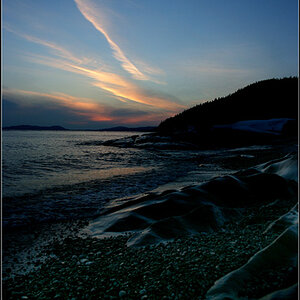
![[No title]](/data/xfmg/thumbnail/37/37605-90c8efaef5b7d1f52d4bf8e7dfd33673.jpg?1619738148)
